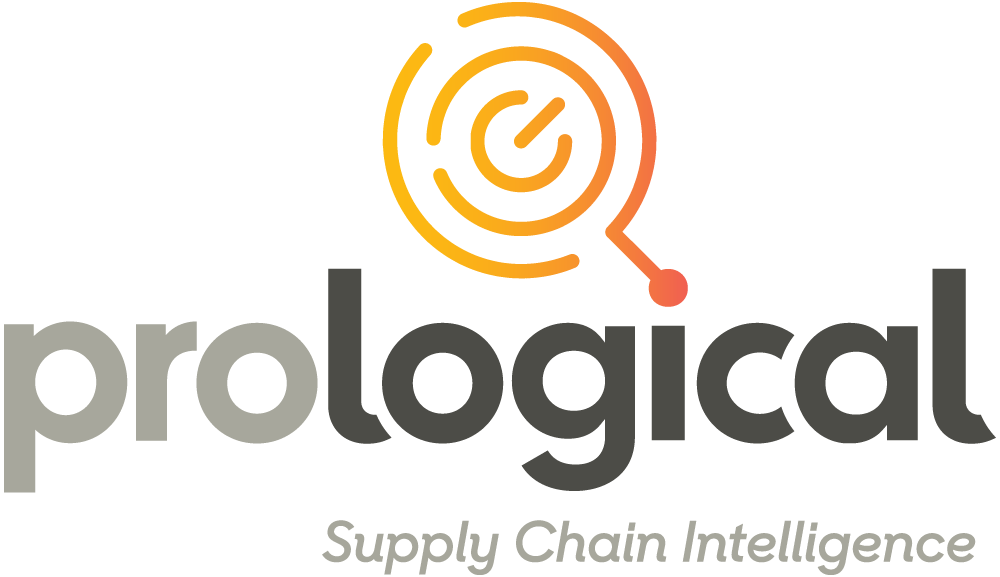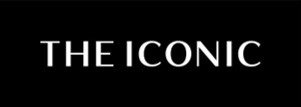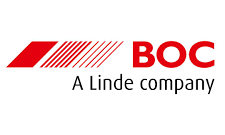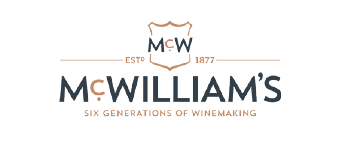Site and growth plan options
Our client is Australasia’s largest B2C fashion retailer with annual revenue of over $1b. The global rapid growth in e-commerce, exacerbated by COVID lockdowns, resulted in demand doubling in the prior two year. Strong growth forecasted for many years to come meant that network design was a priority.
With the current distribution centre over capacity, our client was unsure of how to support the growth trajectory in the short, mid and long-term. One of their key questions was should we decentralise and have product closer to customers?

Corporate Strategy <> Fulfilment Strategy
Prological worked with our client to clearly articulate their long-term corporate strategy to design various fulfilment strategies. This included:
- yearly revenue forecast for the next 15 years
- product category split, included a provision for #SKU, inventory depth and a provision for unknowns
- expected customer activity, such as basket size, order frequency and service levels
- demography study to determine the likely location of target consumers
- environmental sustainability targets
- assessment of current capability and desire to improve
- property market evaluation.
Centralised vs Decentralised?
Prological calculated the CapEx and OpEx outcomes for different levels of automation and associated warehousing footprints in both centralised and decentralised distribution models.
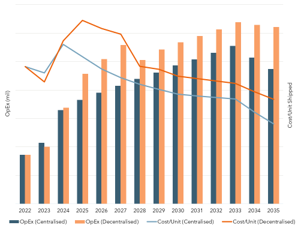

Holistic Design Principles
Our conceptual warehouse design(s) demonstrated that the holistic approach to building design reduced building footprint and resulting land requirements, and optimised OpEx outcomes, without compromising environmental sustainability and user experience.
